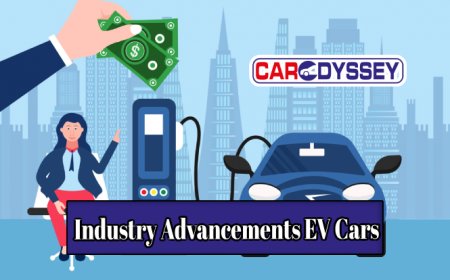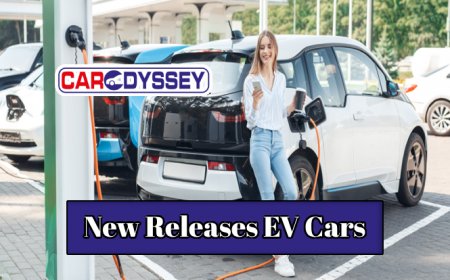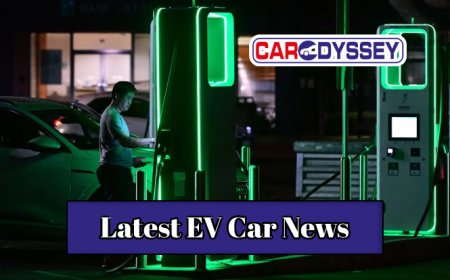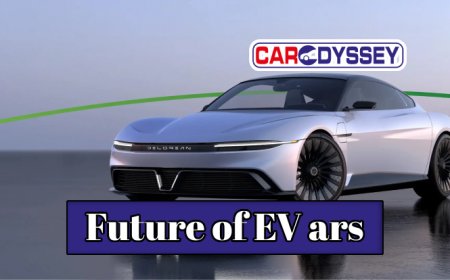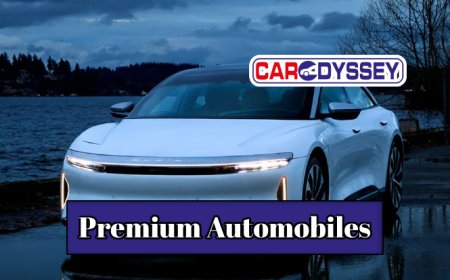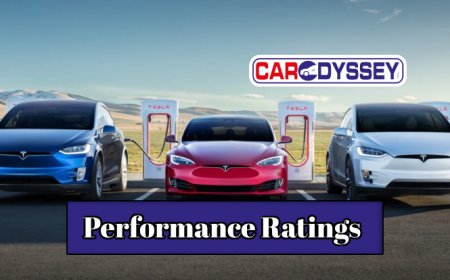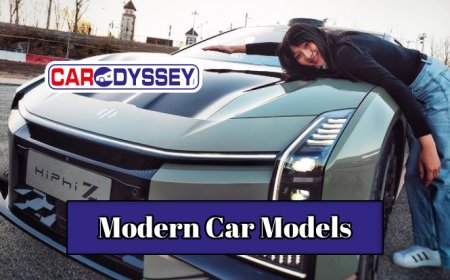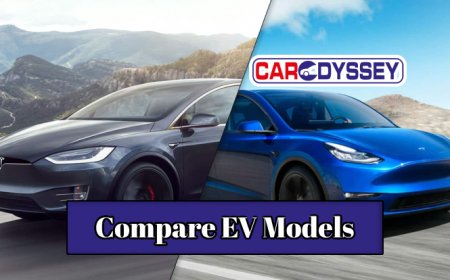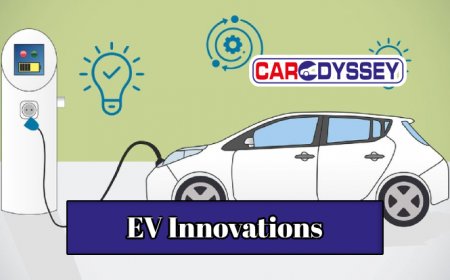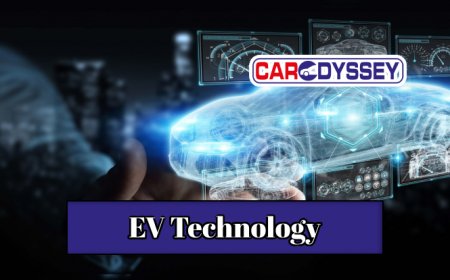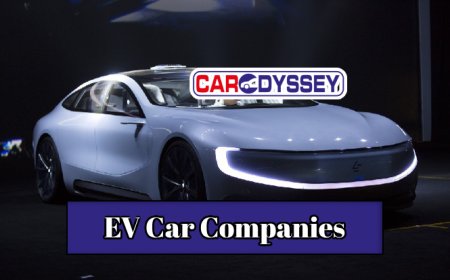Understanding the Technology Behind Electric Vehicles
Dive deep into the technology behind electric vehicles. Learn what makes these EV car companies in the spotlight.
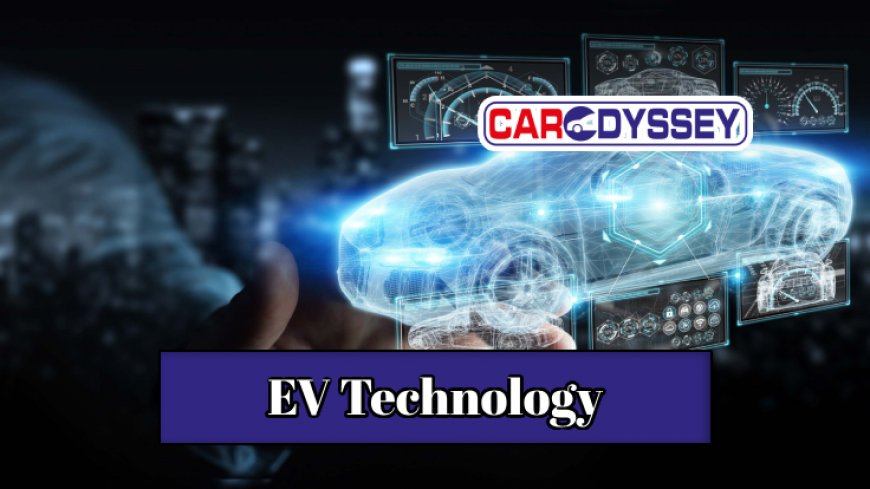
As you join CarOdyssey on our journey through the world of cars, we invite you to delve into the complex EV Technology, a rapidly evolving and critical aspect of the automotive landscape. From Tesla's surge to mainstream appeal, to emerging start-ups shaking up the status quo, electric vehicles (EVs) are no longer future-symbolic; they're here and are revolutionizing how we think about transport. So, let's unravel the tangled web of technology underpinning these machines.
Navigating the Intricacies of EV Technology
Just like traditional cars, EVs are complex machines with their unique features and functionality bred from sophisticated technology. EV Technology is a vast domain, with many breakthroughs and innovations happening in tandem. It is what illuminates the excitement in EVs and confirms their fundamental importance in our automotive future. But where to start learning about this paradigm of change? It seems convoluted, but fret not, let's break it down into chewable bits.
Table of Contents
- The Basics of Electric Cars
- Unveiling the Powertrain Dynamics
- The Battery: Heart of EV Technology
- Regenerative Braking: A two-in-one Functionality
- The Charging Infrastructure: Powering the EVs
- Upcoming Trends in EV Technology
The Basics of Electric Cars
At the heart of EV technology is the fundamental principle - combustion engines out, electric motors in. Traditional cars run on gasoline or diesel, but electric cars rely on electricity. They're powered by an electric motor, using energy stored in rechargeable batteries. But hang on, isn't that the same as the rechargeable batteries we use every day? In terms of concept, yes. But in execution- quite different.
The Essential Components
- Electric Motor - This is the heart of the car in action. Instead of the traditional internal combustion engine it's an electric motor that drives these cars.
- Battery Pack - It's source of the energy for EV's. Depending on the car type and make, the sizes of batteries can vary significantly.
- Controller - It's essentially the 'middle-man' between the battery and electric motor. It converts electrical energy from the battery into mechanical energy!
Unveiling the Powertrain Dynamics
Moving beyond the basics, the powertrain dynamics is where the magic truly happens with EV Technology. It's more than just substituting an internal combustion engine with an electric one - it's an entirely new way of powering and propelling the vehicle. The powertrain consists of the electric motor, inverter, and the drivetrain. It's the master orchestrator of the EV's ability to create an incredible, smooth ride that is whisper quiet.
Firstly, the electric motor which is lighter, smaller, and more efficient compared to the internal combustion engine. This results in better mileage with less energy. Secondly, the inverter, a vital device that transforms direct current (DC) from the battery into alternating current (AC) to power the electric motor. And finally, the drivetrain, which transfers power from the electric motor to the wheels.
The Battery: Heart of EV Technology
Entirely eliminating the need for a gasoline tank, EVs use a battery pack. The battery is where the innovation battleground lies in the EV world. They literally power these silent but powerful machines on the road. Traditional Li-ion batteries are what powers most of these EVs currently. They are rechargeable and efficient, leading the pack in EV technology.
However, EV batteries aren't perfect. They are costly, have a relatively shorter lifespan, and pose challenges in disposing of due to hazardous materials. Still, several companies are aggressively pursuing research to advance EV battery technology with prospective alternatives like solid-state batteries, boasting higher energy density and charging speeds.
Remember that the range of an EV is directly dependant on the battery capacity. That's why when you hear the term "range anxiety", it's referring to the fear of the battery running out before reaching a charging station. It's one of the biggest obstacles in wider EV adoption today.
Regenerative Braking: A two-in-one Functionality
An essential piece of the EV Technology puzzle is the Regenerative Braking System. This ingenious tech converts the kinetic energy that is typically lost during braking into electrical energy, further recharging the car's battery! Quite a two-for-one deal, isn't it?
The process of regenerative braking is relatively simple. As you depress the brake pedal, rather than activating a traditional brake pad, the electric motor goes into reverse mode. This slows down the car while simultaneously generating electricity which in turn, is sent back to the battery. Compared to regular brakes the system offers dual advantages – extending the driving range and reducing wear on the brake system.
The Charging Infrastructure: Powering the EVs
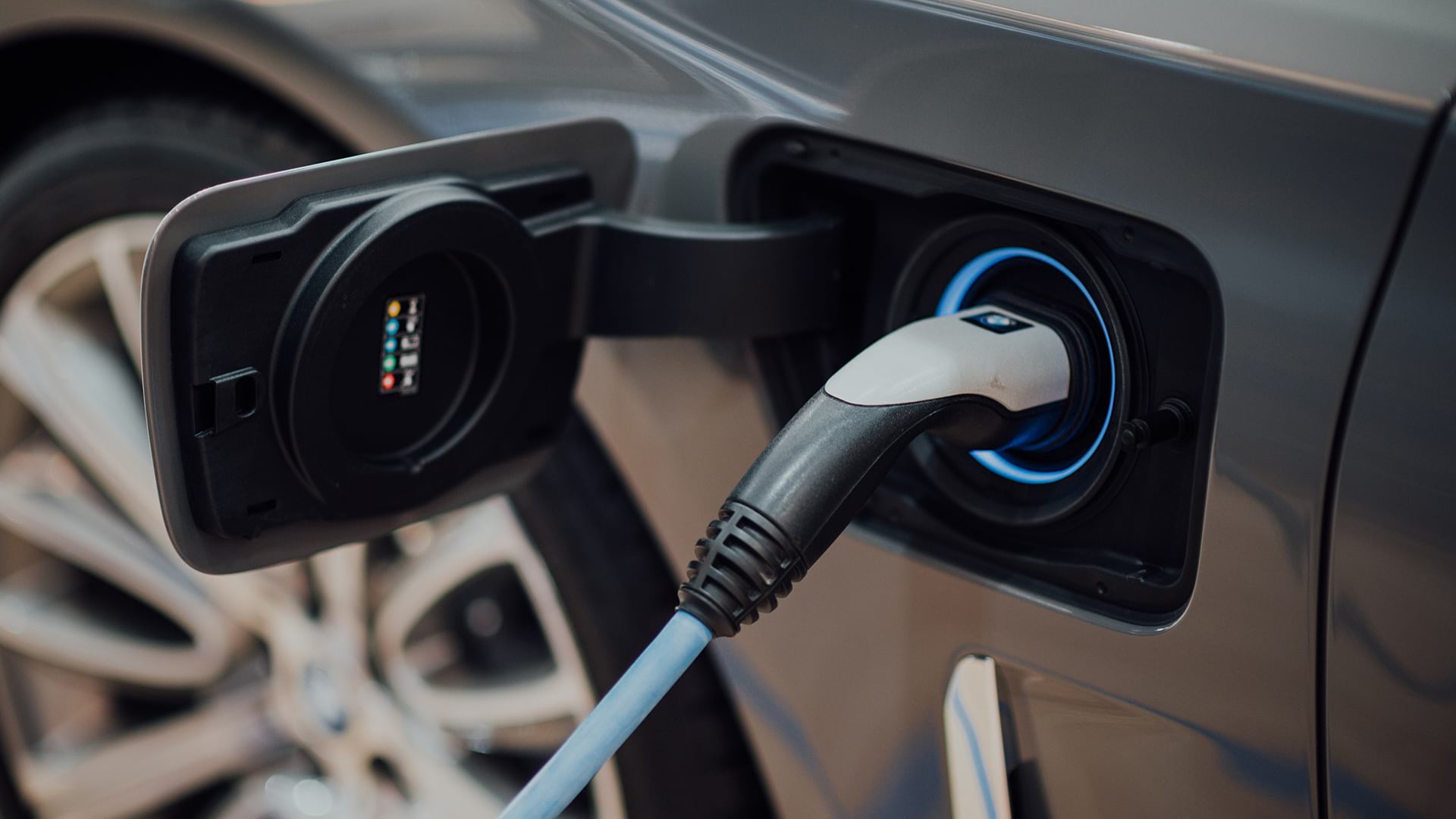
So we've talked about EV technology, but how about charging these machines? It is critical, as without charging infrastructure, even the best EV technology would be all dressed up with nowhere to go.
A Look at Charging Types
- Level 1 Charging - This is the simplest form of charging. It requires a 120V AC plug and a lot of time, making it perfect for overnight charging at home.
- Level 2 Charging - Faster than level 1, this requires a 240V AC plug, the type that dryers or ovens use. It's common in both homes and public charging stations.
- DC fast charging - The fastest charging option, it uses DC power to charge the battery directly and significantly faster.
Building a comprehensive charging network is crucial to EV adoption. While there's been significant improvement in developing these infrastructures, it's still a challenging venture. With questions arising around the availability of charging stations, the time taken to charge, and different charging standards, it is a field in need of much optimization.
Upcoming Trends in EV Technology
Just like any other technology, innovation in EV Technology is ceaseless. There are several upcoming trends that will continue to shape the industry and make the EV journey even more electrifying. Let’s take a quick look at a few:
Wireless Charging
Imagine a world where your EV chargers as soon as you park, no wires needed! It may sound straight out of a sci-fi movie, but it’s closer than you think. Think of it as a scaled-up version of wireless phone charging. Just park your EV on a charging pad, and voila, your car is charging.
Solid-State Batteries
As we've mentioned earlier, solid-state batteries are more promising alternatives, with higher energy densities and faster charging times. Companies like Toyota and QuantumScape are already in the race to develop them.
Vehicle-to-Grid (V2G) Technologies
In the simplest terms, this technology lets your EV work as a mobile power grid. Your vehicle stores power, and when needed, it can dispatch power back to the grid. You’re not just a consumer but an active participant in the power grid.
With this, we come to the end of our electric odyssey. The world of EV Technology is vast with innovation fuelling its rapid progress. The future of these supermachines is promising, with potential breakthroughs just around the corner. The EV revolution is here to stay, driving us into a more sustainable, efficient, and electrifying automotive future.
What's Your Reaction?























